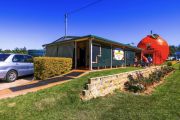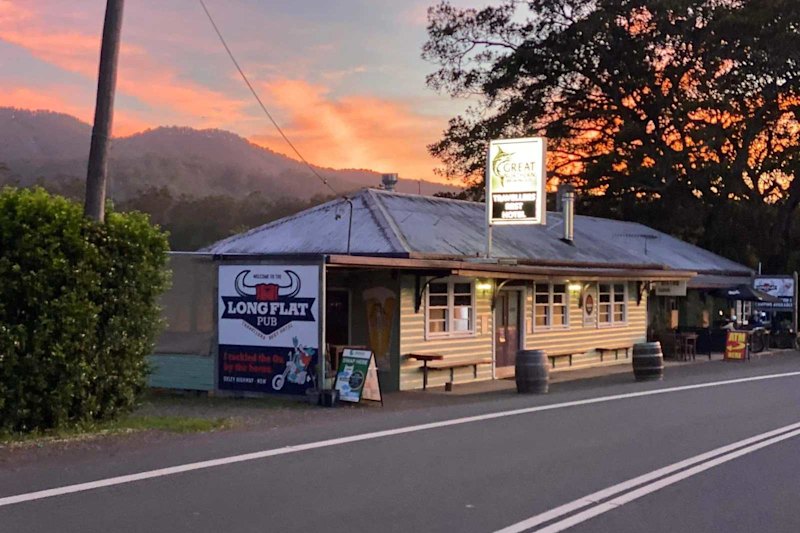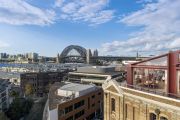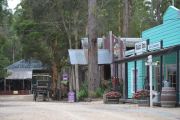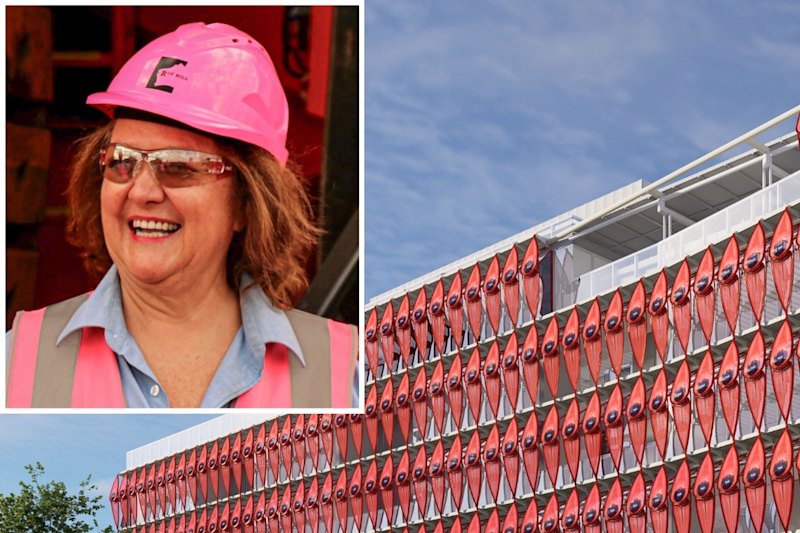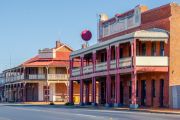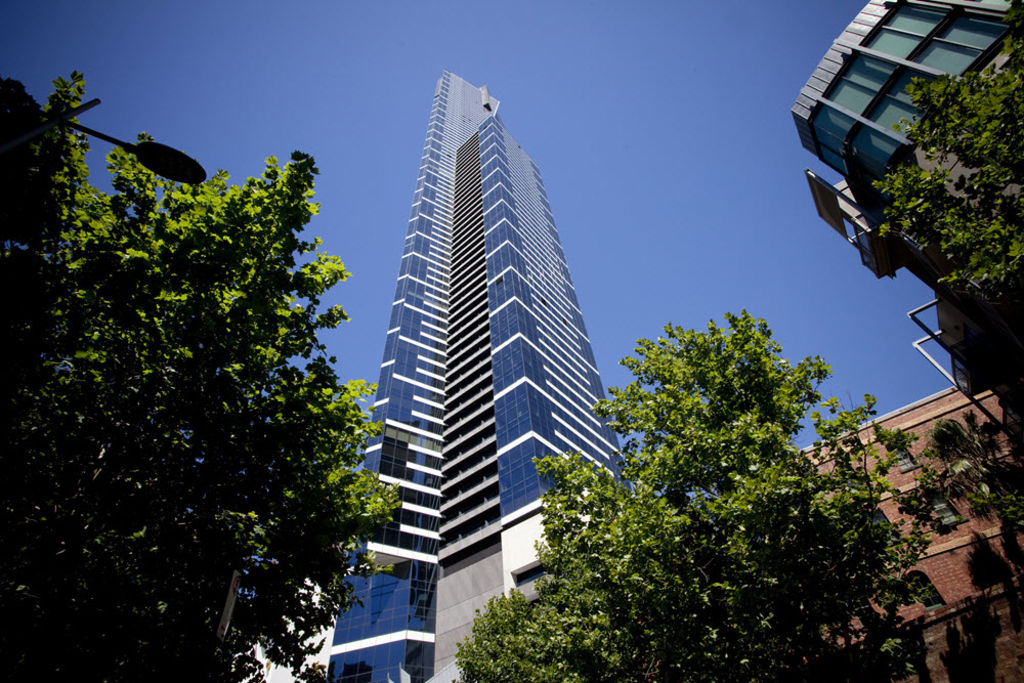
Melbourne has the biggest and tallest buildings in Australia, new survey reveals
The nation’s first comprehensive buildings census reveals that Victoria trumps NSW for having the tallest and biggest structures, with Queensland also eclipsing NSW on both ‘top ten’ lists.
The geospatial survey compiled by the government-owned PSMA also shows that Australians love their buildings generally, as well as swimming pools and solar panels.
Nationally the survey reveals 15.243 million structures with a roof area of more than nine square metres, or 1.6 for every Australian.
In what’s bound to inflame ancient Sydney-Melbourne rivalries, the survey shows that Melbourne boasts the tallest building – the Eureka Tower – and also the biggest (Melbourne Airport, with a roof area of 187, 489 square metres).
At 293.15 metres, Eureka Tower pips Sydney Tower (Centrepoint Tower) at 274.4 metres. Reflecting the growth in massive warehouse logistics facilities, Sydney’s biggest structure – and second biggest overall – is Stockland’s 180,887 sq m distribution centre in the outer suburb of Yennora.
Queensland features with four of the top ten tallest and biggest edifices, including the Meriton Suites in Brisbane (258.32m) and the Robina shopping centre (176,448 sq m).
“The height measurements could be contentious because they are based on multiple points on a roof,” PSMA CEO Dan Paull said. “If there’s a spire or a flagpole we won’t capture that.”
Despite its vast expanses, Australia ranks seventh highest globally in terms of the number of high-rise buildings – those over 35 metres.
The survey counted 4953 such buildings, behind only Moscow (11,783 high rises), Hong Kong (7883), Seoul (7185), Sao Paulo, Brazil (6332), New York City (6250) and Singapore (5861).
The property audit was collated with PSMA’s Geoscape dataset, which in turn draws on more than 200 terabytes of high-resolution data from the earth observation firm DigitalGlobe.
PSMA Australia itself is a self-funded company equally owned by the state and federal governments.
Mr Paull said as the data was drawing from a blank slate, the result of the building audit was always going to be hard to determine.
“We ran an internal competition to guess the number of buildings and it was really challenging. Even those close to the project didn’t know what we would end up with.”
Overall, NSW has the most buildings – 4.235 million – compared with Victoria’s 3.967 million and Queensland’s 3.028 million. Relative to its population, South Australia is well represented with 1.386 million buildings: 9 per cent of the national total despite the state accounting for only 6.9 per cent of the population.
NSW contains close to one third of the population, but accounts for only one-quarter of its buildings.
The survey also shows that 1.279 million buildings have swimming pools, 406,366 of them in Queensland. Even Tasmania – the chilliest and least populated of the states – has 7668 pools. “It would be interesting to know how many are heated,” Mr Paull said.
The quota of pools is almost rivalled by the number of buildings with solar panels: 1.251 million, 378,000 in Queensland.
Nationally, Dubbo rates as Australia’s most environmentally aware suburb, with 3974 buildings containing panels. The sun kissed central NSW town trumps the outer Perth suburb of Canning Vale with 3274 solar panel bearing structures.
Mr Paull said the data – which is available to commercial organisations for a fee –had applications for town planning, telecommunications and ecommerce.
Geostat is being used by telecommunication companies to improve the quality of wireless signals and coverage.
“With the advent of 5G there’s a greater need to understand radio frequencies and how they interact with the build environment and to do that at a whole country level,” Mr Paull said.
The Queensland Building and Construction Commission is using the tool to identify buildings that may contain combustible cladding, as assessed by their size and location.
The survey will also help identify swimming pools without mandatory fencing.
The project measured any structure with a roof area of more than nine metres, so includes larger garages, farm sheds and bungalows.
Mr Paull said it was unclear why Australians were so in love with their buildings. “We provide the facts that allow others to draw conclusions, this is what we want to encourage by making the data available.”


